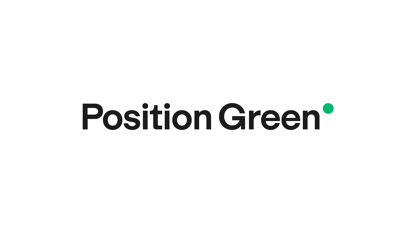As more companies turn their attention towards Scope 3 emissions reporting, many are experiencing challenges in measuring and tracking these indirect emissions occurring in their value chain. Amélie Huart, Director at Position Green, looks at some key trends affecting Scope 3 as well as some useful approaches to get you started on the path to meaningful impact.

Scope 3 is a necessity for credible climate transition
Several key trends within the ESG space are affecting the management and reporting of Scope 3 emissions – the indirect emissions that lie within a company’s up and downstream value chain. Increasing pressure for investment-grade disclosures from investors and regulators now means that sustainability data needs to be on par with financial data. The new wave of ESG disclosures set to take effect in the near future entails that companies need to develop credible transition plans. Furthermore, the demand for high-quality disclosures requires data to be traceable and include information from your own organisation as well as your supply chain.
Getting started on measuring, managing and reporting Scope 3 emissions can seem daunting for many companies. The following are a few tips and best practices for tackling some of the key challenges and focusing efforts that yield the greatest impact.
1. Understand your impact on your supply chain.
Large companies are decarbonising their supply chain at scale and speed, and you are likely part of it. This means that your Scope 1 and 2 emissions are your customer’s Scope 3, and there will soon be expectations to support them with quality data. It can be difficult to gain a clear picture of the boundaries between your own operations and value chain. However, understanding this is critical. Not only does it drive proper greenhouse gas accounting, it also enables effective dialogue with customers with a view to reducing emissions throughout the value chain.
Best practice: As a first step, get a good understanding of which activities fall within your Scope 3 and where the biggest impact lies. GHG Protocol provides guidance on this, whether it’s based on operational control or financial control. Depending on the different asset ownership structures within the chain, there can be varying interdependencies in terms of both reducing emissions and helping to track and trace data. In addition, when you map your Scope 3 emissions, make sure that you understand how your customers are looking at their own value chain emissions – e.g. focus areas and metrics – as this will enable you to communicate progress and look for further improvements both up- and downstream.
2. Improve your data quality over time.
Companies often go too granular in their first year and get stuck right at the start. They underestimate the lack of data and availability as well as the sheer number of stakeholders. By jumping right to individual suppliers as a data source, many ignore where their biggest impact actually lies, which activities drive their emissions and where they should focus. It becomes a lengthy and excruciating process which they have to repeat the following year.
Best practice: You don’t have to do everything all at once, and a good start is half the battle. In terms of data quality, the minimum approach you should take is a spend-based method, in the absence of better data. This estimates emissions by collecting data based on spend, while also using relevant industry average emissions factors. It gives a good feel for where your biggest Scope 3 emissions lie as well as which products and services drive your impact. Once this starting point is established, aim to move from spend-based data to activity-based data to reduce your Scope 3 emissions and inform your procurement choices. This might be a multi-year process but keep in mind that you and your suppliers’ Scope 3 data will improve continuously. It is important to factor this in when you plan your reductions and how to improve your data quality over time.
3. Professionalise your collection and storage of data.
The current and upcoming disclosure regulations in the EU, UK and US are creating a shift towards mandatory emissions reporting and external assurance of data. This demands traceable, quality data and verification-ready documentation. The number of data points to be managed as data quality improves will quickly become overwhelming if managed manually.
Best practice: Streamlined reporting is key. Implement a data collection and reporting system that allows you to streamline processes, prioritise your collaboration and gain access to updated emission factors. When you start out with Scope 3 mapping and get a better understanding of where your impact lies and comes from, knowing where to focus is key. Collaborate with key suppliers with whom you have a good relationship and who can support you with their own developed data management processes, increasing the number of suppliers over time. Make sure the system supports your work with a fixed and up-to-date set of emissions factors and ensures resource-efficient reporting.
N.B. The information contained in this entry is provided by the above supplier, and does not necessarily reflect the views and opinions of the publisher


